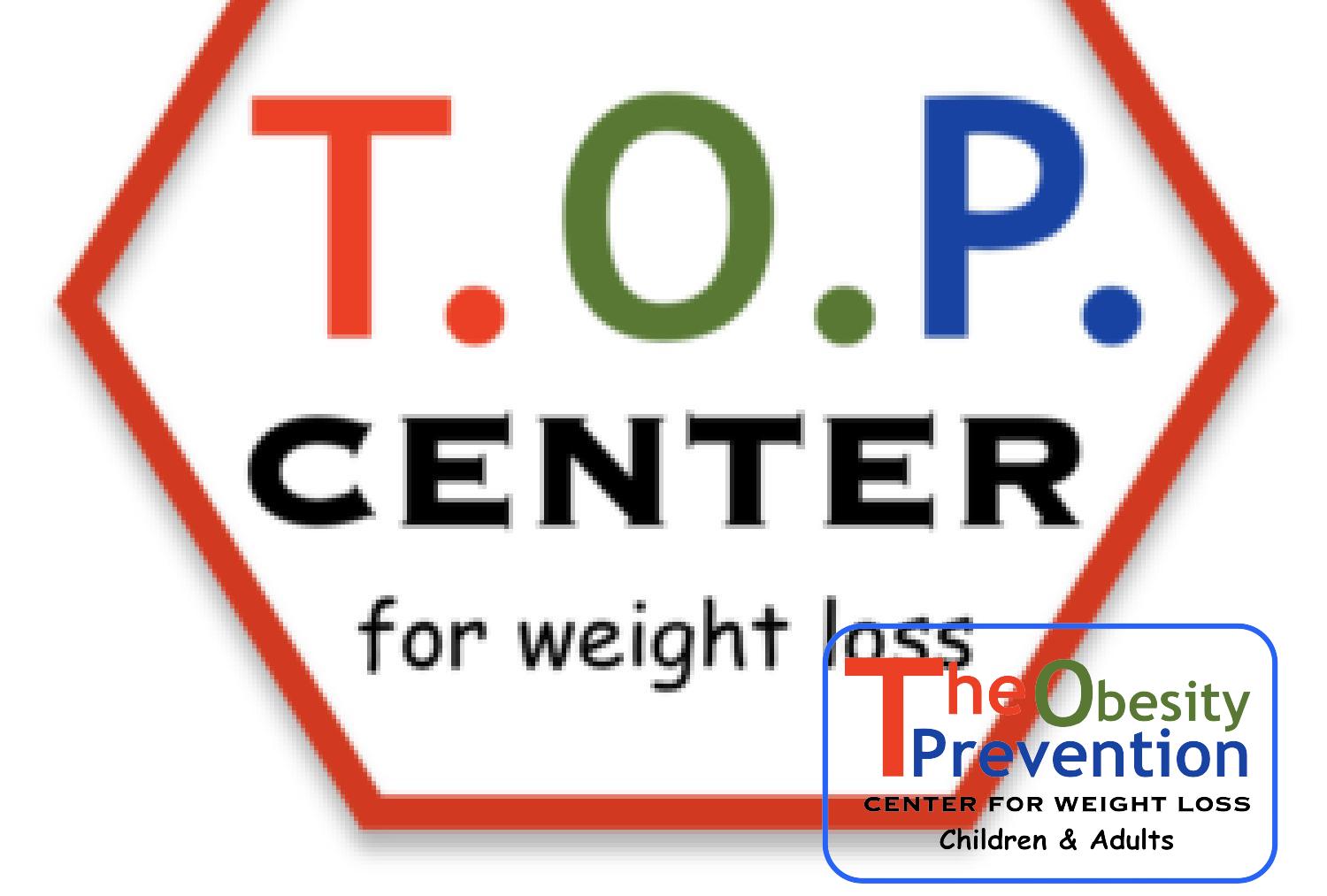Seafood is often overlooked when it comes to weight loss, but the truth is that it can be an incredibly powerful ally on your journey to improved health and sustainable weight management. In this in-depth post, we’ll explore the many benefits of adding more seafood to your diet and how it can help boost your weight loss efforts.

Introduction
When embarking on a weight loss plan, it’s easy to focus solely on limiting calories, increasing exercise, and restricting entire food groups. However, there are certain foods that can actively help you lose weight due to their stellar nutritional profile. One such example is seafood. With high-quality protein, heart-healthy fats, essential vitamins and minerals, seafood offers a wealth of nutrients that support weight management in multiple ways.
The aim of this post is to provide a comprehensive look at how seafood contributes to weight loss and improved health. We’ll examine the science and studies behind using seafood as a tool for shedding excess pounds and maintaining new lower weight. Let’s dive in!
Understanding Seafood and Nutrition
To understand why seafood is so effective for weight loss, we first need to explore its nutritional breakdown. Fish and shellfish pack a nutritional punch that sets them apart from other protein sources. Here are some of the key nutrients found in seafood:
- Omega-3 fatty acids – These anti-inflammatory fats have been shown to help reduce body fat production and storage. They also optimize fat burning. Salmon, mackerel, sardines, and trout are excellent sources.
- Protein – Seafood provides high-quality, lean protein to build and preserve muscle mass during weight loss. A 3 oz serving of cod contains 15g protein.
- Vitamin B12 – This energy-promoting vitamin aids metabolism and fat breakdown. Clams provide over 100% of your daily vitamin B12 needs in just 3 oz.
- Vitamin D – Vitamin D from seafood can help regulate appetite and fat-burning enzymes. Salmon contains an impressive amount of vitamin D.
- Selenium – This antioxidant helps control thyroid hormones that regulate metabolism. Tuna is rich in metabolism-supporting selenium.
As you can see, seafood is uniquely equipped with a combination of nutrients that make it a powerhouse for weight management and fat loss. From optimizing fat-burning processes to controlling appetite and boosting metabolism, seafood has broad effects that target several aspects of healthy weight regulation.

Seafood and Weight Management
A closer look at the scientific literature clearly demonstrates seafood’s starring role in promoting weight loss. Multiple studies have uncovered a variety of mechanisms through which seafood intake contributes to fat loss and maintenance of new lower weight.
For one, eating more seafood has been shown to significantly boost metabolism. The combination of lean protein and healthy fats requires the body to burn more calories during digestion. Protein also helps build metabolism-revving muscle. Omega-3 fats also increase fat oxidation – the burning of fat for energy.
Additionally, seafood intake reduces chronic inflammation levels in the body. Ongoing inflammation slows down fat-burning enzymes and sabotages weight loss efforts. The anti-inflammatory effects of seafood allow your body to more efficiently break down fat cells.
Research has also illuminated the important concept of “good fats”. While excessive saturated fat is detrimental, the unsaturated fats in seafood activate genes that enhance fat breakdown and discourage new fat production and storage. By limiting “bad” fats and including more “good“ seafood fats, you create optimal conditions for weight loss.
For example, a study published in Obesity Research found that overweight men who ate salmon 3 times per week for 4 weeks experienced a 2.1% decrease in body fat. The salmon diet also improved insulin sensitivity by 15%, an effect attributed largely to salmon’s abundant omega-3 fats.
Seafood Options for Weight Loss
When harnessing the weight loss power of seafood, which choices in particular should you focus on? Here are some of the top seafood options for weight management:
- Salmon – Rich in anti-inflammatory omega-3s and high-quality protein. Grilled or baked salmon is delicious and nutritious. Go for wild-caught Alaskan salmon when possible.
- Tuna – Lean tuna is extremely high in protein with zero carbs. It’s perfect in salads or sandwiches. Choose sustainable light tuna packed in water.
- Shrimp – Very low in calories and meals with shrimp can help you eat less overall. Opt for grilled shrimp tacos or shrimp salad.
- Oysters – High protein and zinc plus only a few dozen calories per oyster. Oysters are a nutritious appetizer option.
- Sardines – These small fish are full of omega-3s in a convenient canned form. Try them on avocado toast for an easy meal.
- Cod – A famously lean fish, cod provides lots of filling protein with minimal fat and few calories. Bake cod with spices and vegetables.
With a little creativity, you can enjoy the weight loss benefits of all types of nutritious and delicious seafood choices like mussels, trout, tilapia, scallops, and more.

Seafood as a Satiety Booster
One of the major appeals of seafood for weight loss is its stellar ability to keep you feeling full and ward off hunger. Because of its substantial protein content and nutritional profile, adding more seafood meals is a great way to cut calories without feeling deprived.
Multiple clinical studies have shown that high-protein seafood meals lead to decreased appetite and fewer calories consumed at subsequent meals. Research confirms seafood’s superior effects for boosting satiety.
For example, a 2015 study compared the effects of equal-calorie meals featuring beef, chicken, or fish. Participants reported feeling much fuller and more satisfied after the fish meal. Fish consumption also led to significantly lower calorie intake at the following meal as well as hours later in the day.
Beyond high protein content, other nutrients in seafood also promote satiety. The anti-inflammatory effects of omega-3 fats help regulate appetite-controlling hormones. Plus, the nutrients work synergistically to stabilize blood sugar, which curbs cravings.
The satisfying protein punch of seafood makes it ideal for maximizing meal satisfaction. If overeating due to frequent hunger is your downfall, focus on incorporating nutritious seafood options at breakfast, lunch, and dinner. The lasting fullness can lead to effortless decreased calorie intake.
Seafood’s Impact on Heart Health
As if seafood’s weight loss prowess wasn’t enough, eating more of it provides tremendous benefits for your overall health too. In particular, research confirms that regular seafood consumption is excellent for your heart health. Given that heart disease is a leading cause of death worldwide, this is an extremely compelling reason to frequently enjoy fish, shellfish, and more.
According to major scientific reviews, eating 1-2 seafood meals per week lowers risk of heart attack, dangerous arrhythmias, and death from cardiovascular disease by a significant amount. The rich supply of polyunsaturated omega-3 fats in seafood is thought to be the primary driver of these protective effects.
The American Heart Association advises eating seafood at least twice per week to cut your risk of heart disease by a whopping 36%. For heart health protection, fatty fish like salmon and mackerel are best due to their high omega-3 content. But studies show even leaner fish and shellfish provide cardiovascular benefits as well.
Supporting a healthy heart with nutrient-dense seafood is a double win. You get assistance losing weight plus reduced risk of heart disease – one of the most common consequences of being overweight. Focusing on heart health and longevity is wonderful motivation for sticking to a thriving seafood diet.
Seafood Sustainability and Choices
As the popularity and demand for seafood continues to rise, it’s incredibly important that we make responsible choices to protect ocean life and seafood resources. Choosing sustainable seafood ensures healthy ocean ecosystems for the future while supporting ethical fishing practices.
Here are some tips for selecting sustainable seafood options:
- Use Seafood Watch and similar guides to find the best choices based on current fishing data.
- Opt for wild-caught seafood or responsibly farmed sources when possible.
- Diversify your choices – avoid just eating higher-demand fish like tuna.
- Ask questions at markets and restaurants and support those with sustainable sourcing.
- Look for certification labels like MSC or ASC which indicate sustainable practices.
- Limit or avoid seafood known to be overfished like Atlantic halibut and Chilean seabass.
With some research on the many eco-friendly seafood choices available, you can feel good knowing your weight loss diet also aligns with sustainability.
Putting It All Together
Now that you understand the many benefits seafood offers for weight loss and health, it’s time to put this knowledge into action. Here are some tips for incorporating more seafood into your routine:
- Choose 2-3 days per week to center meals around seafood like salmon, cod, or tuna. Get creative with preparation methods and seasoning.
- Add seafood like shrimp, mussels, or clams to salads, pasta dishes, tacos and more. They pump up nutrition.
- Enjoy oysters and sardines as snacks and appetizers. They provide a mineral boost between meals.
- Research quick recipes for grilled, baked, and sautéed seafood meals you can easily make at home.
- When dining out, don’t be afraid to order fish dishes or sushi. It’s an easy way to get your fix.
- If you don’t live near fresh seafood, frozen varieties still provide the same healthy benefits.
With a seafood-focused diet, you’ll soon notice better digestion, lasting fullness between meals, and more energy. These are all signs you’re on the right track with improved wellness on all fronts!

Conclusion
When it comes to achieving and maintaining healthy weight loss, what you eat matters. Following fad diets that restrict entire food groups often backfire due to lack of satisfaction and essential nutrients. However, there are certain highly nutritious foods perfectly in tune with weight management – with seafood being a prime example.
As discussed in depth, seafood packs an array of metabolism-boosting, fat-burning nutrients. Protein-rich and anti-inflammatory, seafood meals provide lasting satiety so you effortlessly consume fewer calories. And the heart-healthy omega-3s deliver powerful wellness benefits. More seafood in your diet means effective, nutrient-dense eating for weight loss success.
So flip the script on restrictive diets and embrace the multitude of ways seafood can facilitate your weight loss journey. Aim to incorporate a couple seafood dishes into your meal plans each week. Your waistline and overall health with thank you!
Reader Engagement
Want to learn more about how proper nutrition can transform your health and help you achieve sustainable weight loss? Be sure to subscribe to our newsletter using the form below. You’ll get our latest content on evidence-based ways to use food as medicine delivered right to your inbox.
And don’t miss our popular posts on intermittent fasting, metabolism-boosting foods, anti-inflammatory diets, and much more. Improving your relationship with food is an impactful way to enhance your health. Follow along for empowering nutrition advice.
Thank you for reading this post, don't forget to subscribe to our free newsletter
!
